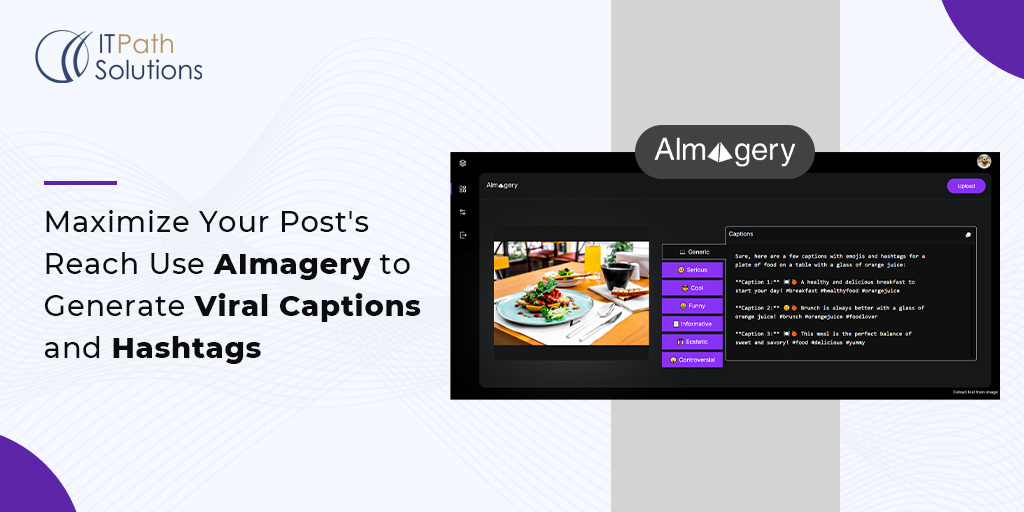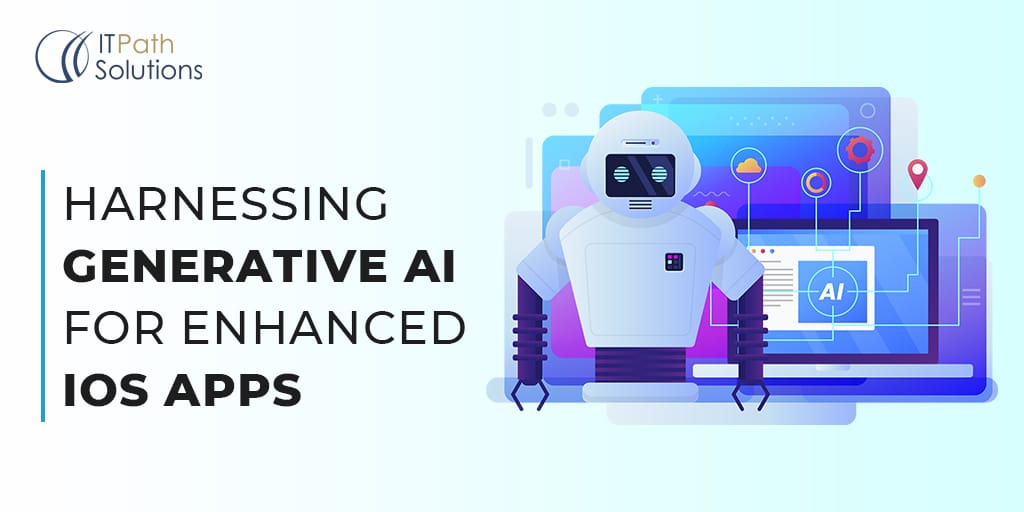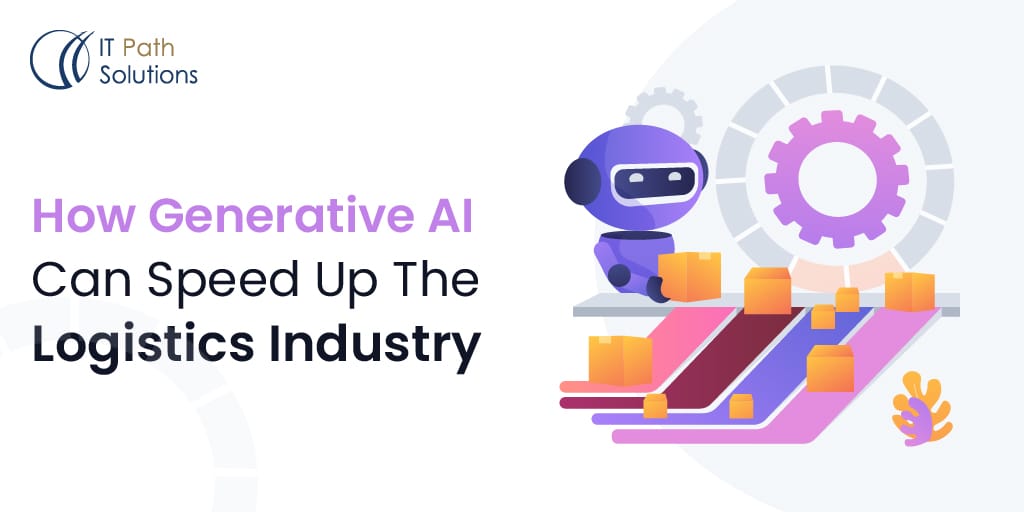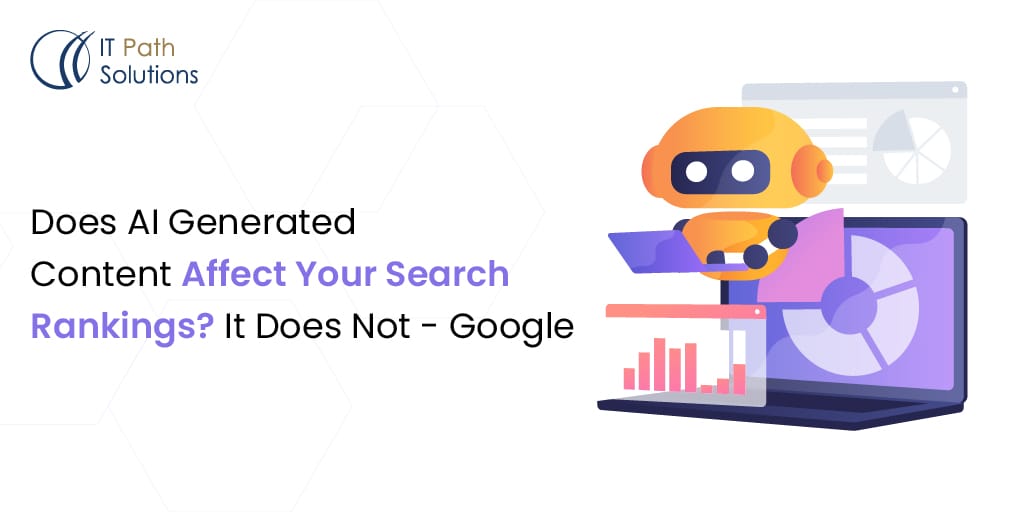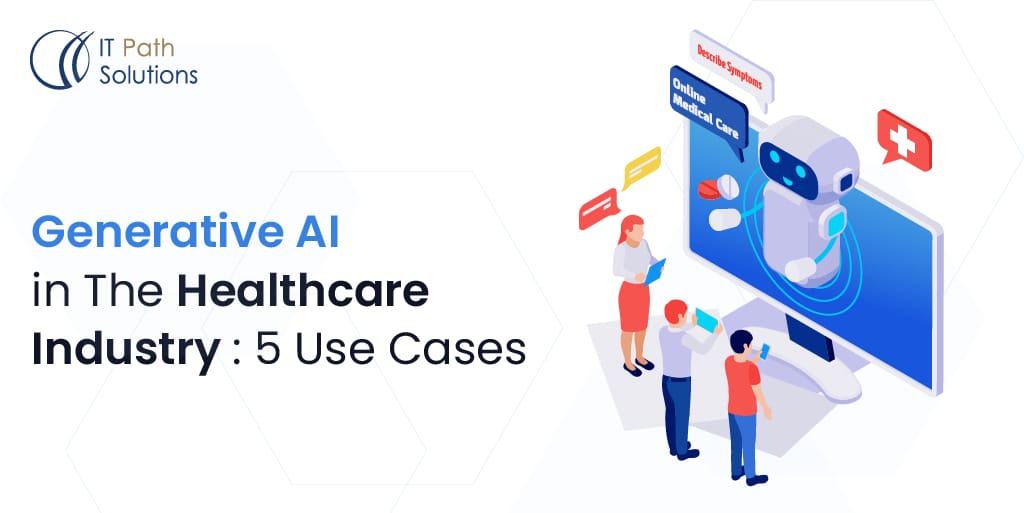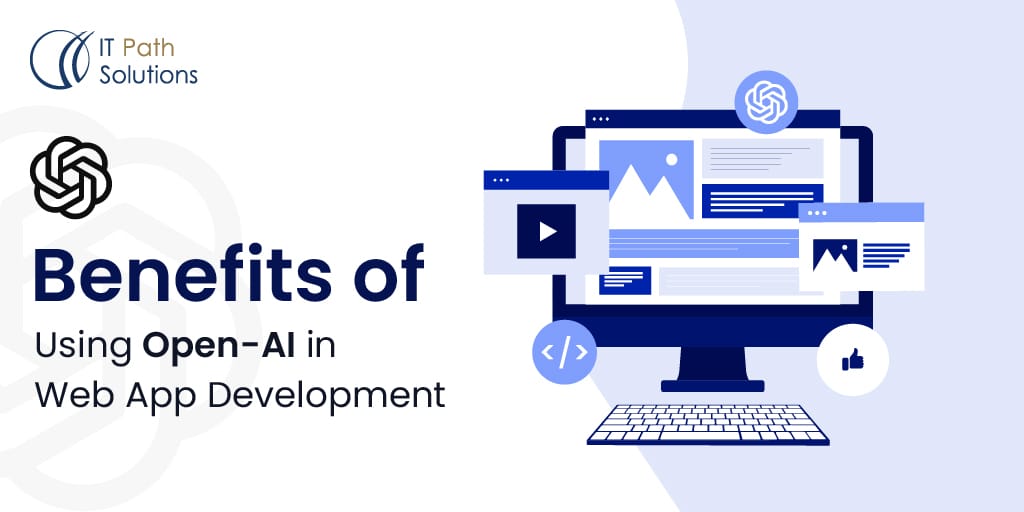Navigating the Future: Generative AI’s Impact on Industries in 2024
Generative AI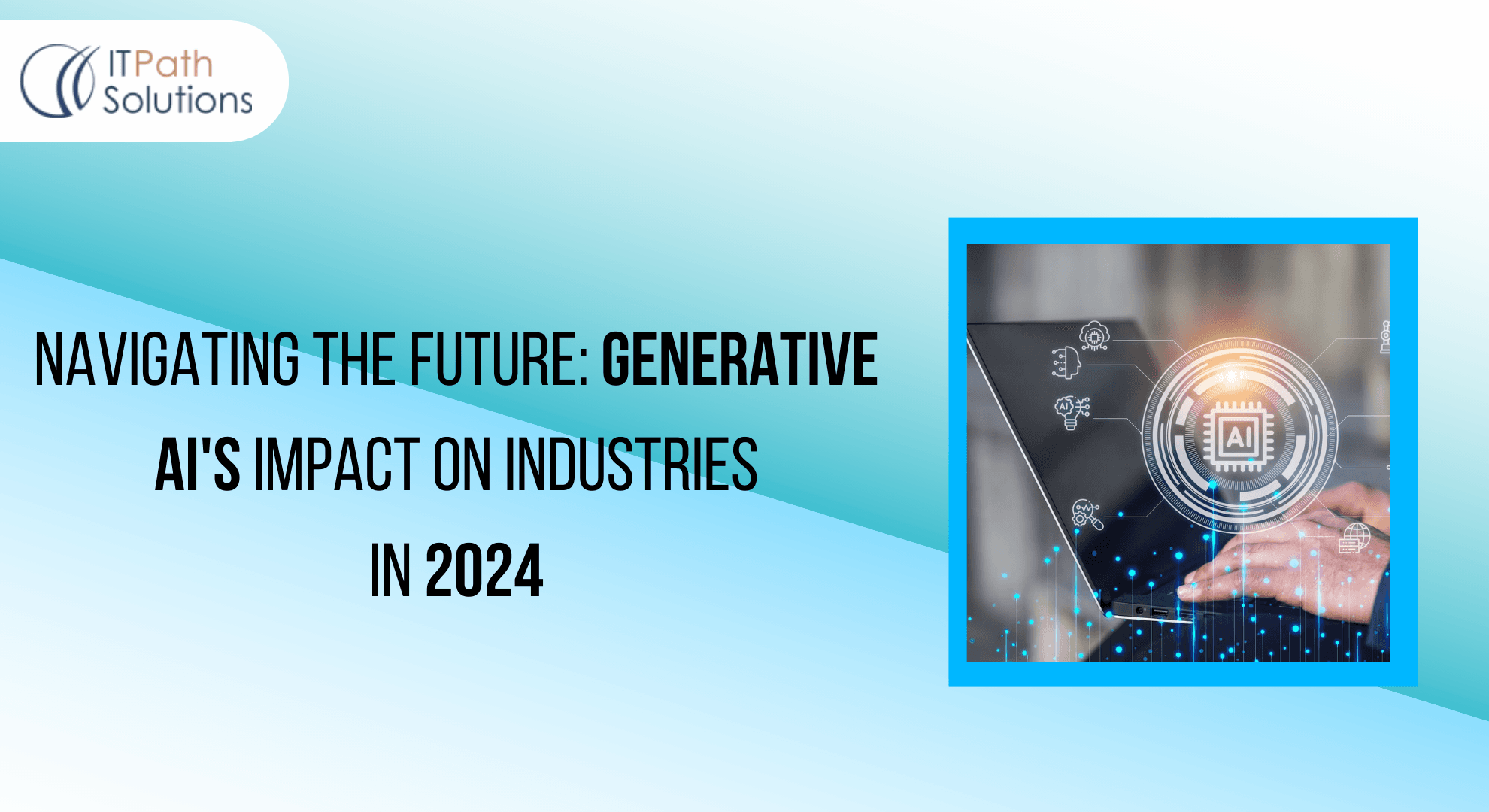
Generative AI, a groundbreaking technology, is poised to disrupt traditional business models, transform how businesses operate, and unlock unprecedented growth opportunities. It has the potential to significantly impact various business functions, with around 75 percent of the overall annual value derived from customer operations, marketing and sales, software engineering, and research and development. The economic potential of generative AI spans across industries, with banking, retail, and consumer packaged goods being among the sectors that could see the biggest impact. McKinsey estimates that generative AI could contribute roughly $310 billion in additional value for the retail industry.
The market size of Generative AI is projected to grow from 43.87 billion USD in 2023 to 667.96 billion USD by 2030, at a CAGR of 47.5% over the forecasted period. However, the implementation of Generative AI also raises concerns related to security and ethical implications, particularly regarding data privacy and security. Businesses need to address these challenges to successfully implement and leverage the full potential of this transformative technology. Generative AI has the potential to revolutionize various industries and aspects of our lives, but it also comes with certain challenges that need to be carefully addressed to ensure its responsible and beneficial integration into the business landscape.
Generative AI 2024 and how does it work
Generative AI is a type of artificial intelligence that can create new content, such as text, images, music, audio, and videos, using generative models. These models are trained to recognize patterns in data and then use these patterns to generate new, similar data. Generative AI can be thought of as a machine-learning model that is trained to create new data, rather than making a prediction about a specific dataset. Statistical models are the backbone of most AI systems. They use mathematical equations to represent the relationship between different variables. For generative AI, models are trained to recognize patterns in data and then use these patterns to generate new, similar data. If a model is trained on English sentences, it learns the statistical likelihood of one word following another, allowing it to generate coherent sentences. Both the quality and quantity of data are crucial. Generative models are trained on vast datasets to understand patterns. For a language model, this might mean ingesting billions of words from books, websites, and other texts. For an image model, it could mean analyzing millions of images. The more diverse and comprehensive the training data, the better the model will generate diverse outputs. Generative AI has the potential to revolutionize various industries and aspects of our lives, but it also comes with certain challenges that need to be carefully addressed to ensure its responsible and beneficial integration into the business landscape.
Generative AI In Business Process
Generative AI has numerous applications in business processes, including customer operations, marketing and sales, software engineering, research and development, and more. Generative AI can analyze vast amounts of data, identify patterns, and generate forecasts or simulations to aid in decision-making processes. It can drive operational efficiencies by automating time-consuming and repetitive tasks, such as generating automated reports, optimizing supply chain management, and predictive maintenance. Generative AI can also be a valuable tool for data-driven decision-making, allowing businesses to generate alternative scenarios, test hypotheses, and make predictions by leveraging historical data and running simulations.
Generative AI Industry-Specific Transformation 2024
Generative AI’s impact on various industries is profound and diverse, ushering in transformative changes that revolutionize traditional processes and unlock new possibilities for innovation. Let’s delve into specific examples of how Generative AI is reshaping industries:
- Design and Manufacturing: In the automotive industry, Generative AI is being utilized to optimize vehicle design and performance. Companies like General Motors are leveraging Generative Design algorithms to explore thousands of design iterations, resulting in lighter, more efficient components. For instance, GM used Generative Design to reimagine the seat bracket for its new vehicles, reducing the weight by up to 40% while maintaining structural integrity.

Generative AI is being utilized to optimize vehicle design and performance
- Entertainment and Media: The entertainment industry is witnessing a renaissance fueled by Generative AI. Netflix, for instance, employs AI algorithms to personalize content recommendations for its users, enhancing their viewing experience. Moreover, production studios like Warner Bros. are using AI-driven technologies to generate lifelike visual effects, such as in the creation of digital doubles for actors or fantastical creatures in blockbuster movies like “Avatar”.
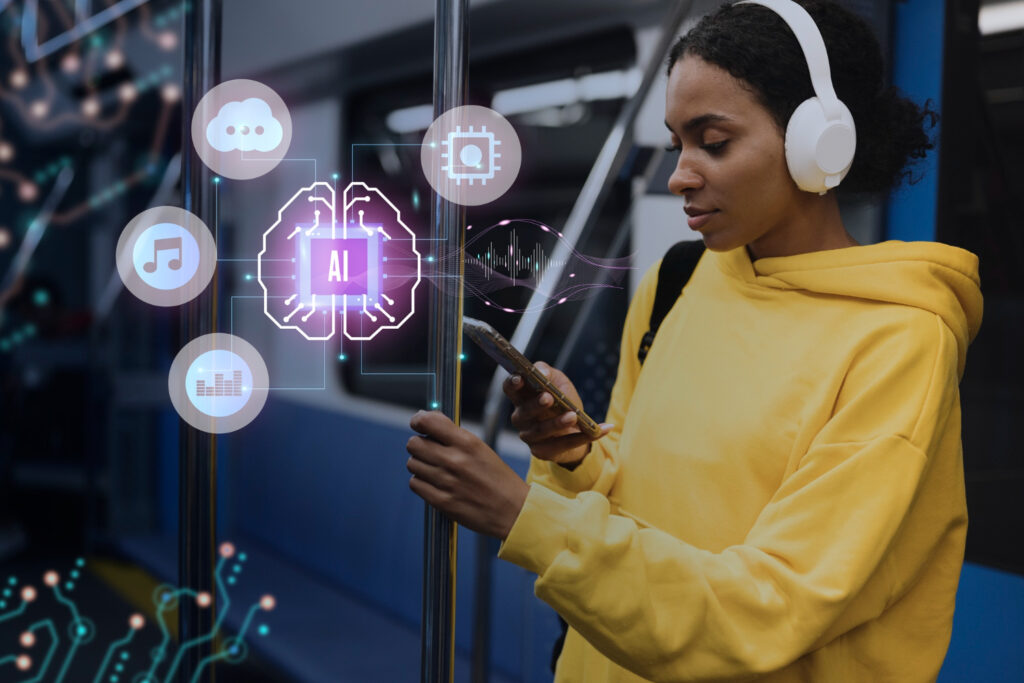
AI algorithms can enhance users viewing experiences
- Healthcare: Generative AI is revolutionizing healthcare by accelerating drug discovery and personalized medicine. For instance, pharmaceutical companies like Merck are utilizing AI algorithms to predict the efficacy and safety of drug candidates, reducing the time and cost associated with traditional drug development processes. Additionally, medical imaging companies like Siemens Healthineers are leveraging Generative AI to enhance the quality and interpretation of medical images, aiding clinicians in the early detection and diagnosis of diseases.

Generative AI can enhance overall healthcare experience
- Retail: In the retail sector, Generative AI is driving innovation in product design and customer engagement. Adidas, for example, partnered with Carbon, a 3D printing company, to develop Futurecraft 4D shoes using Generative Design techniques. By analyzing data on customer preferences and biomechanics, Adidas was able to create customized, lattice-like midsoles that offer superior comfort and performance. Moreover, e-commerce platforms like Amazon are leveraging Generative AI to generate personalized product recommendations and dynamic pricing strategies, enhancing the shopping experience for millions of customers worldwide.

Generative AI can enhance the shopping experience for millions of customers worldwide
- Finance: In the financial sector, Generative AI is revolutionizing risk management and trading strategies. Hedge funds like Renaissance Technologies utilize AI-driven algorithms to analyze vast amounts of financial data and identify profitable investment opportunities. Additionally, banks are leveraging Generative AI to develop chatbots and virtual assistants that assist customers with account inquiries, loan applications, and financial planning, enhancing customer service and operational efficiency.

AI-driven algorithms can analyze of financial data and identify profitable investment
Use Cases of Generative AI In Business 2024
Some specific use cases of generative AI in business include:
Automated Customer Support:
Generative AI can be used to maintain a human touch in customer support, providing personalized and efficient responses.
Content Marketing:
It can yield tangible results by creating high-quality, personalized content at scale, such as articles, blog posts, and social media posts.
Business Process Automation:
Generative AI can automate various processes and workflows, including managerial activities, scheduling, and organizing emails.
Employee Onboarding and Education:
It can be used to create highly personalized and effective content for employee onboarding and education, fostering innovation.
Scenario Modeling:
Generative AI can assist in making complex decisions by simulating possible outcomes or generating data-driven solutions.
Product Development and Management:
It is being used to code various apps, write product documentation, and manage user experience throughout the product lifecycle.
Legal Services:
Generative AI is used for document review, contract analysis, legal research, and automated document generation in the legal industry.
Education:
In the education sector, it can help with personalized learning, content generation, and student support through chatbots and virtual teaching assistants.
Generative AI Future Outlook
The future of generative AI is poised to bring about significant transformations across various industries and business functions. Here are some key insights from the provided sources:
- Rapid Growth and Adoption: Enterprise spending on generative AI services, software, and infrastructure is projected to grow from $16 billion in 2023 to $143 billion in 2027, indicating a substantial increase in investment and adoption.
- Impact on Business Operations: Generative AI is expected to automate a significant portion of design efforts for new websites and mobile apps, with over 100 million humans engaging with AI to contribute to their work by 2026. Additionally, nearly 15% of new applications are projected to be automatically generated by AI without human intervention by 2027.
- Regulatory Discourse and Investment: The emergence of generative AI has led to intense regulatory discussions and has redefined investment strategies. While it has the potential to transform industries, looming regulation to guard against potential misuse may temper some of the initial excitement.
- Productivity and Economic Impact: McKinsey research suggests that generative AI features stand to add up to $4.4 trillion to the global economy annually. It is expected to substantially increase labor productivity across various sectors, contributing to the next productivity frontier.
- Challenges and Opportunities: While generative AI holds the potential to solve pressing problems and enhance businesses, it has also raised concerns about data security, ethics, and bias. There is a need for a thoughtful and responsible approach built on trust, as well as safeguards to ensure its responsible use.
In summary, the future of generative AI is characterized by rapid growth, significant impact on business operations, regulatory considerations, and its potential to drive economic value and productivity. While it presents opportunities for innovation, there is a need to address associated challenges and ensure responsible deployment and use.
Conclusion
In conclusion, as we peer into the future of industries in 2024, it’s evident that Generative AI stands as a transformative force, revolutionizing processes, products, and services across various sectors. Through our exploration, we’ve witnessed the profound impact of Generative AI in enhancing creativity, efficiency, and innovation. As industries adapt to this evolving landscape, companies like IT Path Solutions are poised to lead the way, providing cutting-edge technology to navigate the complexities of tomorrow’s challenges.
IT Path Solutions has been at forefront of developing generative AI based solutions which help across industries to offers personalize user interactions. If you want to build and integrate the power of generative AI solutions into your business, get a free quote under NDA.
 Healthcare
Healthcare  Education
Education  Real Estate
Real Estate  Logistic
Logistic  Fitness
Fitness  Tourism
Tourism  Travel
Travel  Banking
Banking  Media
Media  E-commerce
E-commerce  Themes
Themes
 Plugins
Plugins
 Patterns
Patterns
